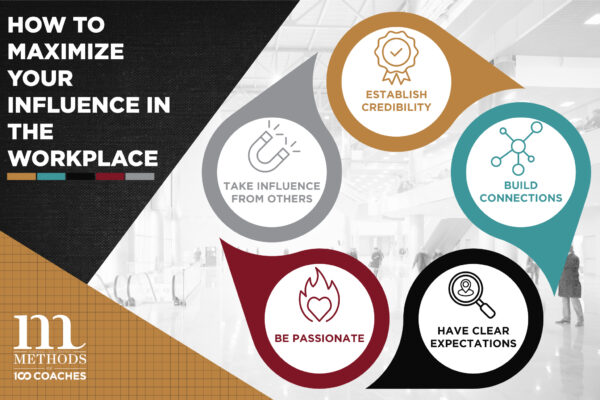For over 20 years, the global communications firm Edelman has been studying trust amongst the public with regards to their institutions — companies and brands, governments, NGO’s, media — identifying trust as the key ingredient in sustainable, successful relationships between stakeholders and these entities. According to research conducted in 2021 for their Trust Barometer report, the numbers have shifted quite significantly. The study was conducted in the wake of the first year of the COVID-19 pandemic and revealed what, to some, is alarming data:
[There was a] significant drop in trust in the two largest economies: the U.S. and China. The U.S. (40 percent) and Chinese (30 percent) governments are deeply distrusted by respondents from the 26 other markets surveyed. And most notable is the drop in trust among their own citizens, with the U.S., already in the bottom quartile for trust, experiencing an additional 5-point drop since its presidential election in November 2020 and China seeing an 18-point drop since May 2020.
Not only is trust lower in a broad sense — lack of trust in institutions — but it’s also lower in terms of information. When people don’t have trust in the leaders of their institutions, they immediately lose a valuable source of information, deeming it now less trustworthy. The problem with this is that people will seek their own, often completely unverified, sources of information which may be slightly off-base or totally false. With the advance of ‘fake news’ and widespread misinformation on social media, this trust gap comes at no surprise.

All of these ingredients combine to form what Edelman calls “information bankruptcy.” As we know, trust is one of the most important currencies in successful, symbiotic relationships, and without it, how can business expect to function in the same ways it did when trust was strong? The answer, however obvious, is that it can’t; leaders must take steps to address this change and pivot to it.
Another study, conducted by the Pew Research Center, shows that public trust in government specifically in the U.S. is at a historic low—a figure they ran against the data they’ve been collecting on this very issue since 1958. While it has been on somewhat of a steady decline since the late 50’s, with the war in Vietnam and the Watergate scandal heralding two flash points at which the public started to second guess its leadership, the recent decline because of the COVID pandemic is even more drastic.
There is, however, a bright side to all this. Among the statistics presented in the Edelman report, one figure reported that respondents identify “their employer” as their most trusted source of information. 86% of respondents also said that they expect CEOs to speak out about societal issues, and further, another 68% said that they feel that CEO’s should step in to help solve these societal issues when governments fail to do so.
So, it’s clear that trust is eroding—and that the onus largely falls on the shoulders of companies to help ameliorate this. As a leader of an organization, or even a manager of a team, what can be done about it? While there’s little that can be done to stop the flood of misinformation coming from ‘unofficial’ sources like social media, there is much that can be done within one’s own company to help restore and maintain the trust of employees.

1. The first and most important thing a leader can do in an organization is to be transparent. While transparency is always a good policy, it’s becoming increasingly important in maintaining trust amongst your employees. COVID saw many companies forced to lay off valuable employees, restructure their overhead situations, and even close down completely. Keeping your people in the know, even about the bad things, can help to increase trust tremendously because they know you’re not hiding anything from them.
2. The second thing you can do is to trust your team. While this seems counterintuitive or even confusing, the more you trust your team to do their job well, the more they’ll trust you. It’s a vote of confidence that you believe in your team and in the success of each individual, and motivates them to work even harder for the company and a shared sense of success. You can trust your team more by avoiding micromanaging, avoiding giving your input in every little decision, and by letting your team know it’s okay to fail. These elements create a psychologically safe environment where trust flows both ways between the leader and the employee.
3. The third and possibly most important thing you can do is to be human. This may sound like a convenient, feel-good platitude, but that doesn’t reduce its cruciality. Part of the reticence towards institutions that were previously trusted sources of information or security comes from the distance we have from these entities. “The government” isn’t a person you can go and talk to and express your concerns; it’s much easier to trust in a leader, no matter how high up the chain, when they can bring themselves down to the employees’ level and literally talk face-to-face. At the end of the day, all leaders are human, and our shared humanity is something that can help us build trust and know that we are truly all in this “thing” together. The connections you form with your team, or the employees under you, should not be overlooked as this is the foremost source of trust, and a wellspring that should be one of your top priorities to safeguard and develop as a leader. For some more concrete tips on “being human” check out our course on Team Management taught by Chester Elton, one of the world’s foremost leadership experts and specialist in building a healthy, trustful team culture.

As Simon Sinek once said, “A team is not a group of people who work together. A team is a group of people who trust each other.” We may never return to the days when the general population blindly follows all the dictums and mandates passed down by the institutions that govern us, but we can do a lot as leaders to help our teams and our employees feel more trust. If we want to fight the erosion of trust, we have to go that extra mile in order to continuously build it.
For more on this topic, check out our upcoming live webinar with Mark Goulston on March 17th where we discuss, among other things, the erosion of trust in leadership and how to alleviate that.





